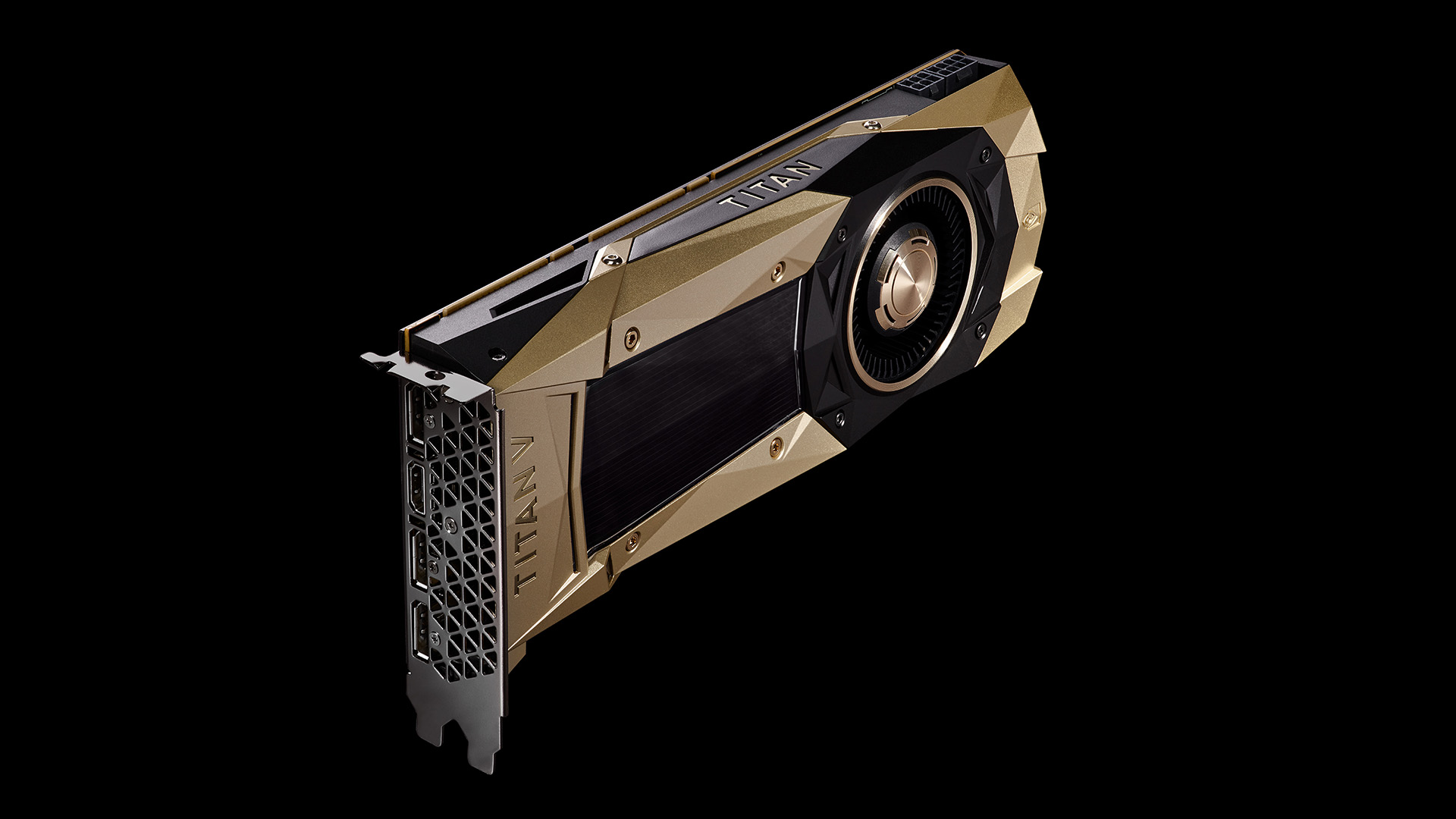Nvidia’s release notes forCUDA 12.8revealed that Maxwell, Pascal, and Volta GPUs will likely transition to the legacy driver branch. The document states that “architecture support for Maxwell, Pascal, and Volta is considered feature-complete and will be frozen in an upcoming release.”
This move represents the beginning of the end for all remaining GTX-era Nvidia architectures. While CUDA support for Maxwell, Pascal, and Volta remains, the legacy GPUs will not receive any new features Nvidia might provide in the future. It’s crucial to highlight that this has nothing to do with GeForce gaming driver support. In fact, Maxwell and Pascal continue to be on the support list for the GeForce RTX series driver, unlikeKepler. Nvidia didn’t detail whether or when it’ll drop support for Maxwell, Pascal, and Volta GPUs for the gaming driver.

Nvidia has not issued an exact date for the end of full support for these three GPU architectures, but it will soon. The current CUDA toolkit still supports the three affected architectures, but they won’t receive future updates. Once the move goes through, the only remaining GTX-series GPUs with full support will be theGTX 16-series,based on the RTX 20-series’Turingarchitecture.
The Maxwell architecture is the oldest outgoing GPU architecture that is still supported by Nvidia (at least on the consumer side). It brought massive performance-per-watt improvements over Kepler, its predecessor. Maxwell was first unleashed in the GTX 700 series as theGTX 750 Tiand GTX 750. Both 750-series GPUs went down as some of the most power-efficient entry-level GPUs for their time, featuring the performance of competitor GPUs with triple-digit power consumption numbers at a TDP of just 60 watts.

Maxwell was the first Nvidia architecture designed around mobile GPUs, using TSMC’s existing 28nm process (at the time) but an all-new architecture that made significantly more efficient use of that node. The full-blown iteration of Maxwell in the GTX 900 series carried forward Maxwell’s incredible efficency, with theGTX 980and 970 featuring the best power efficency on the market for the time.
Pascal would set the stage as one of Nvidia’s most significant architectural advancements in the 2010s, providing further power efficiency improvements combined with giant performance leaps. Pascal was Nvidia’s first architecture to use TSMC’s 16nm finFET plus technology, providing twice the density of Maxwell’s 28nm node. As a result, TheGTX 1080was, on average, 60-65% faster than the GTX 980 and 30-35% faster than the GTX 980 Ti. TheGTX 1080 Tiwould go on to show the full potential of the Pascal architecture, featuring 60% higher performance than the GTX980 Tiat just $700.
Volta was the foundation for all of Nvidia’s architecture moving forward. It was the first architecture geared primarily toward AI. Volta was also the first Nvidia architecture to sport AI-specific Tensor cores, which provided substantially higher compute capabilities than Nvidia’s shader/CUDA cores for AI-specific workloads. Thesefirst-gen Tensor Coresonly provided 120 Tensor TFLOPs of performance but were nine times faster than Pascal in the same type of workload.
Get Tom’s Hardware’s best news and in-depth reviews, straight to your inbox.
Volta was focused almost exclusively on theenterpriseworld and was never put inside any GeForce-branded GPUs. The flagshipGV100was more than 30% larger than the previous gen GP100 (Pascal-based) GPU, operating on TSMC’s 12nm FFN process. The only Volta GPU Nvidia made for desktop PCs was theTitan V(yes, you could even game on it if you wanted to).
Aaron Klotz is a contributing writer for Tom’s Hardware, covering news related to computer hardware such as CPUs, and graphics cards.